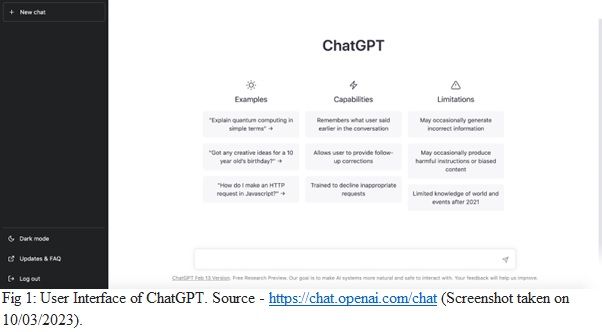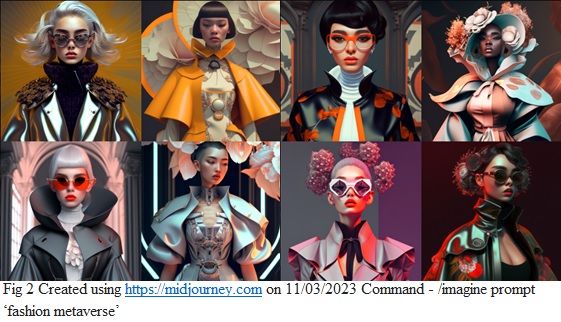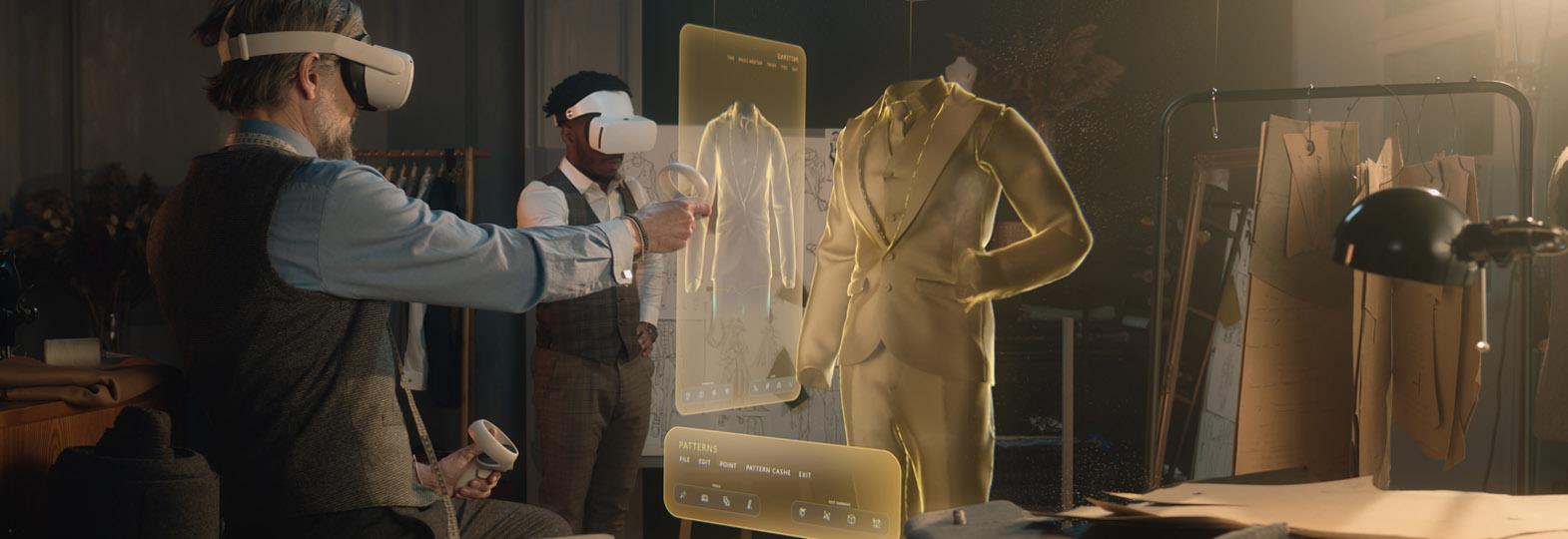The rapid growth of technology has been quite evident in the last few years. The success of a business is now totally dependent upon the adaptation and usage of modern technological tools. The use of Artificial Intelligence (AI), first coined by computer scientist John McCarthy in 1955, has been extensive in recent years. Today, AI is being applied in a wide array of industries, including fashion and lifestyle.
Generative AI, a subfield of AI, focuses on creating new content, such as text, images, audio, video and even art by understanding the pattern and distribution of data. Various machine learning models like Generative Adversarial Networks (GANs), Variational Autoencoders (VAEs), and Markov Chain Monte Carlo (MCMC) are used in Generative AI. The idea behind it is to use artificial neural networks to mimic the learning process of the human brain.
The introduction of a chatbot ChatGPT by an American artificial intelligence research laboratory OpenAI in November 2022 is creating a lot of buzz. The fashion industry can leverage it for content creation, product reviews and current trend studies. Another product of OpenAI, DALL.E 2 is used to create realistic images and art form by Natural Language Processing (NLP).

In further development, OpenAI has announced launching of GPT-4 in the ongoing week (March 2023), with multimodal capabilities, which could generate AI powered images, videos, and music along with texts in various languages.
Another AI generator ‘Midjourney’ offers to create expressive art by giving a command in the user’s Discord. It is revolutionising the imagination power of users and subsequent delivery of creative art forms by the generative AI. Fashion designers may get a number of ideas to utilise such technologies for creating hassle free yet intricate designs in no time. Brands may also utilise it to generate custom and themed based designs as per the ongoing trends.

In a recent decision, the US Copyright Office (USCO) has stated that AI-generated images are not protectable under current copyright law, as they “are not the product of human authorship”. This may further help in decentralisation of design and art, however AI generated images don’t comply with consistency and uniformity.
Meta (previously Facebook) has also announced plans to create a “new top-level product group” that aims to innovate in the area of generative AI. However, tech giant Google hurriedly launched its AI product ‘Google Bard’, which did not go well in the market because of noticed errors and confusions.
With a lot of hype of the upcoming iteration of internet ‘Metaverse’ in the ecosystem of Web 3.0, generative AI tools will be highly beneficial and cost effective for providing immersive experience to the users. It can offer varieties of digital assets e.g., Non-Fungible Tokens (NFTs) to be used in the Metaverse. By and large, Metaverse, which is based on Blockchain technology and Extended Reality (encompasses the concepts of Virtual, Augmented and Mixed reality) is expected to disrupt the fashion industry like never before. It is not only going to help luxury and lifestyle brands but also small retailers in future.
Open-source AI with upcoming technology like the Metaverse would be driving the decentralisation of various industries. Fashion industry being the early adopters of technology would also witness decentralisation, where anyone can become a creator and service provider. Responsible production and distribution system by utilising blockchain technology would also create an efficient and transparent supply chain. Freelance designers can create and co-create designs to reach out to the global audience without barriers to entry. Creation of virtual garments and accessories to be showcased in virtual events and marketplaces especially in the Metaverse is anticipated to be the next big thing. Utilisation of blockchain technology to reduce counterfeit products and protect intellectual property rights would be a game changer.
In this futuristic scenario, the question arises regarding security of jobs of all fashion stakeholders (designers, marketers, creators, artists etc). The answer may be mixed, but the reality is that in order to sustain in the competitive market of fashion, organisations, brands and individuals will have to upgrade and upskill at a very fast pace, keeping up with developments in generative AI and Metaverse.









Comments